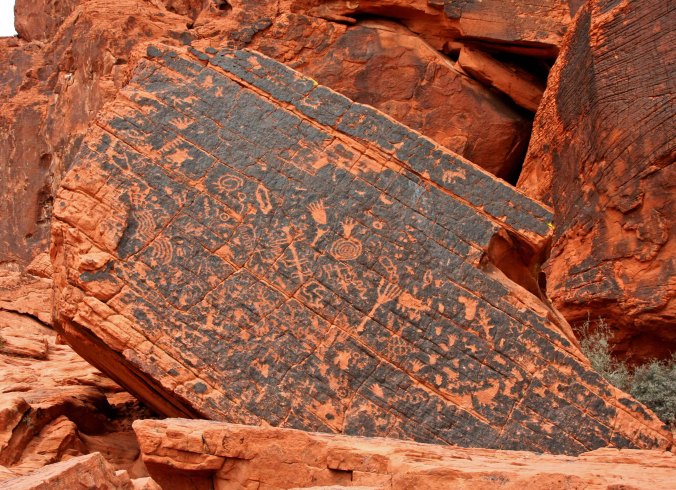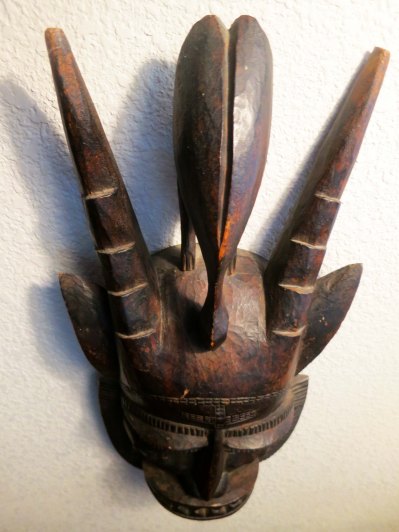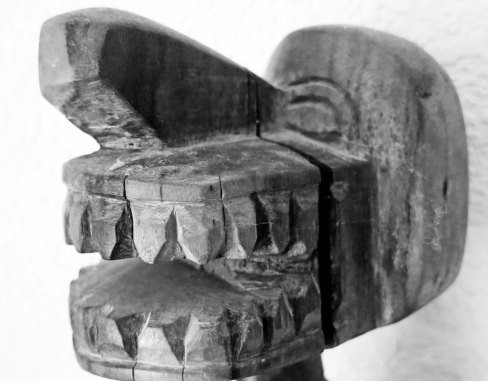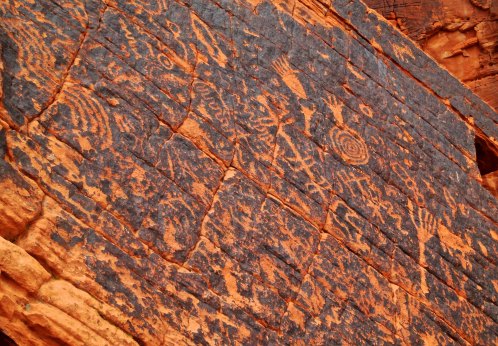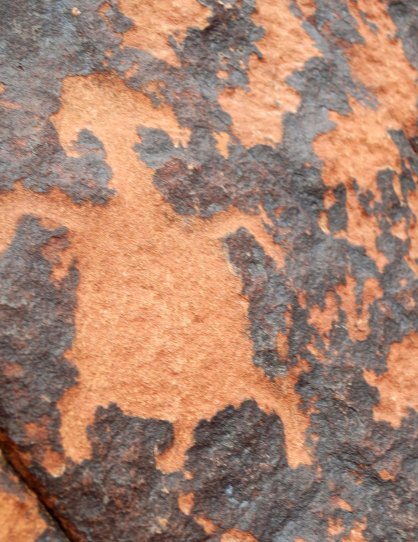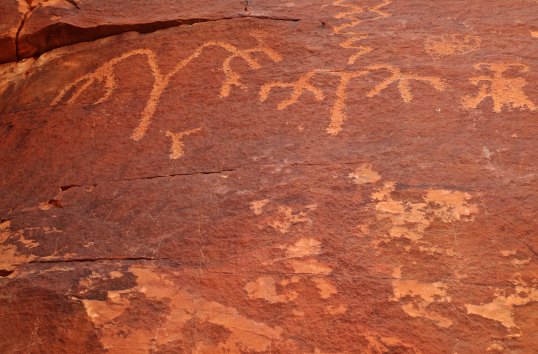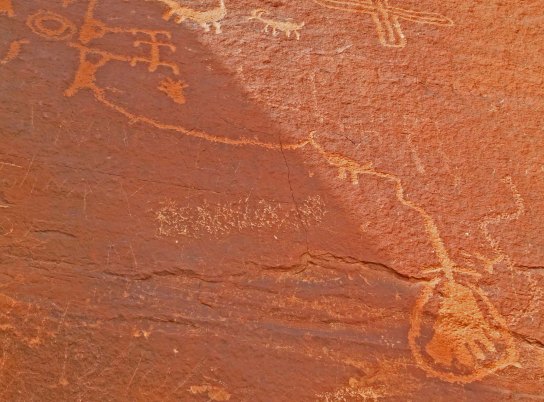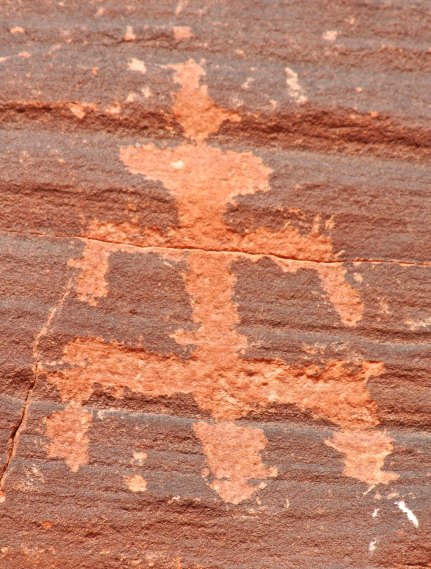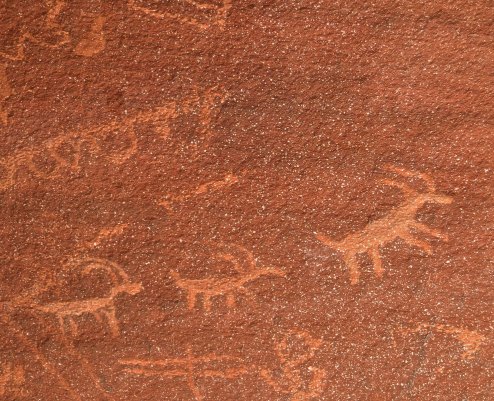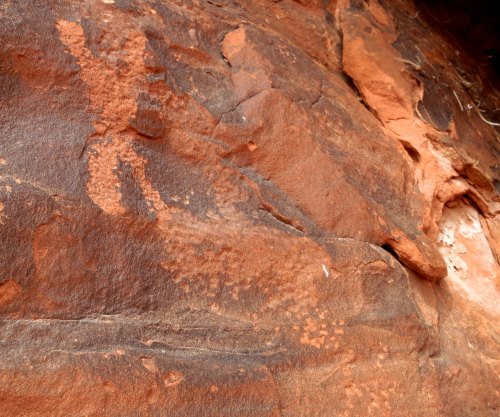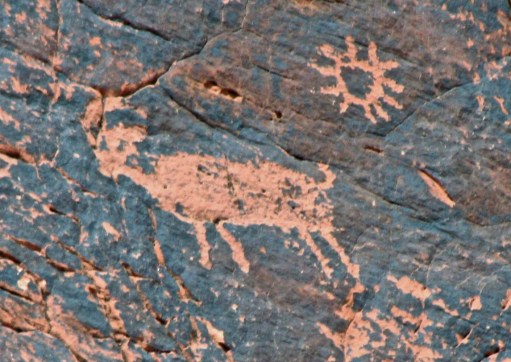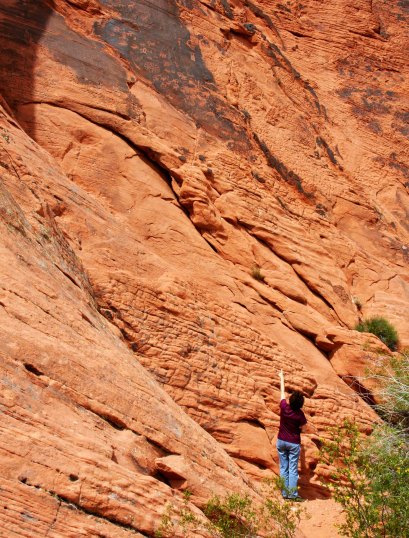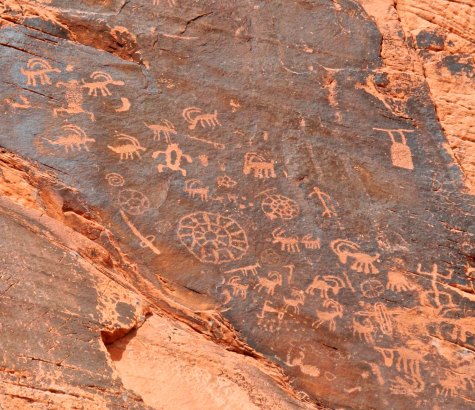
Wonderful rock sculptures created by erosion, such as this balanced rock, are found throughout the Valley of Fire State Park. (Photo by Peggy Mekemson.)
I put my blog on hold this past week as Peggy and I, along with our friends Ken and Leslie Lake, visited Las Vegas to celebrate Leslie and my birthdays, which are both the first week in March. We’ve been celebrating together for 13 years and try to go somewhere different each time. I know I’ve put off a few promised blogs, but hopefully you will find the detour worthwhile!
The vast majority of visitors flock to Las Vegas for its renowned shows, fine dining, glitter and gambling. (Nevada prefers ‘gaming,’ but hey, if it looks like a duck, walks like a duck and quacks like a duck…) Few come to enjoy the natural beauty of the area— or are even aware of it, which is too bad. Some of the nation’s best desert scenery is within easy driving distance. A day’s trip can take you through Death Valley. A half-day will provide an overview of the Valley of Fire. And a couple of hours will introduce you to Red Rock Canyon.
Peggy and I always try to visit at least one of these areas when we are near Vegas. This time we worked in the Valley of Fire and Red Rock Canyon. In fact, Red Rock Canyon was 15 minutes away from where we were staying. I’ve blogged about these parks before, but they are always worth blogging about again. And again.
Today I will feature our visit to the Valley of Fire State Park, which is located about 50-miles northeast of Las Vegas off of Interstate 15. The park takes its name from red sandstone that can turn a fiery red in sunlight. The sandstone was laid down by sand dunes some 150 million years ago. Geological forces have turned the region into a magical kingdom of rock forms. There are also several petroglyph sites left behind by the ancient Anasazi between 300 BC and 1150 AD.
As a result of the natural beauty, interesting rock forms, and native rock art, our cameras were busy the whole trip. Following are some of the results. To allow for more photos, I am going to break this post into three parts: views along the main road, the Atlatl Rock area, and the White Domes area.

While the road into the Valley of Fire State Park provides dramatic views, it doesn’t provide a clue for what you are about to see. The first sight is just around the corner…

A number of other rock sculptures are located near the Beehive including the balanced rock featured at the beginning of the post and this mouthy fellow.

I’ll conclude today’s photos from our drive along the Valley of Fire’s main road with this shot that includes an impressive mountain backdrop. (Photo by Peggy Mekemson.)
NEXT BLOG: The road to the White Domes













